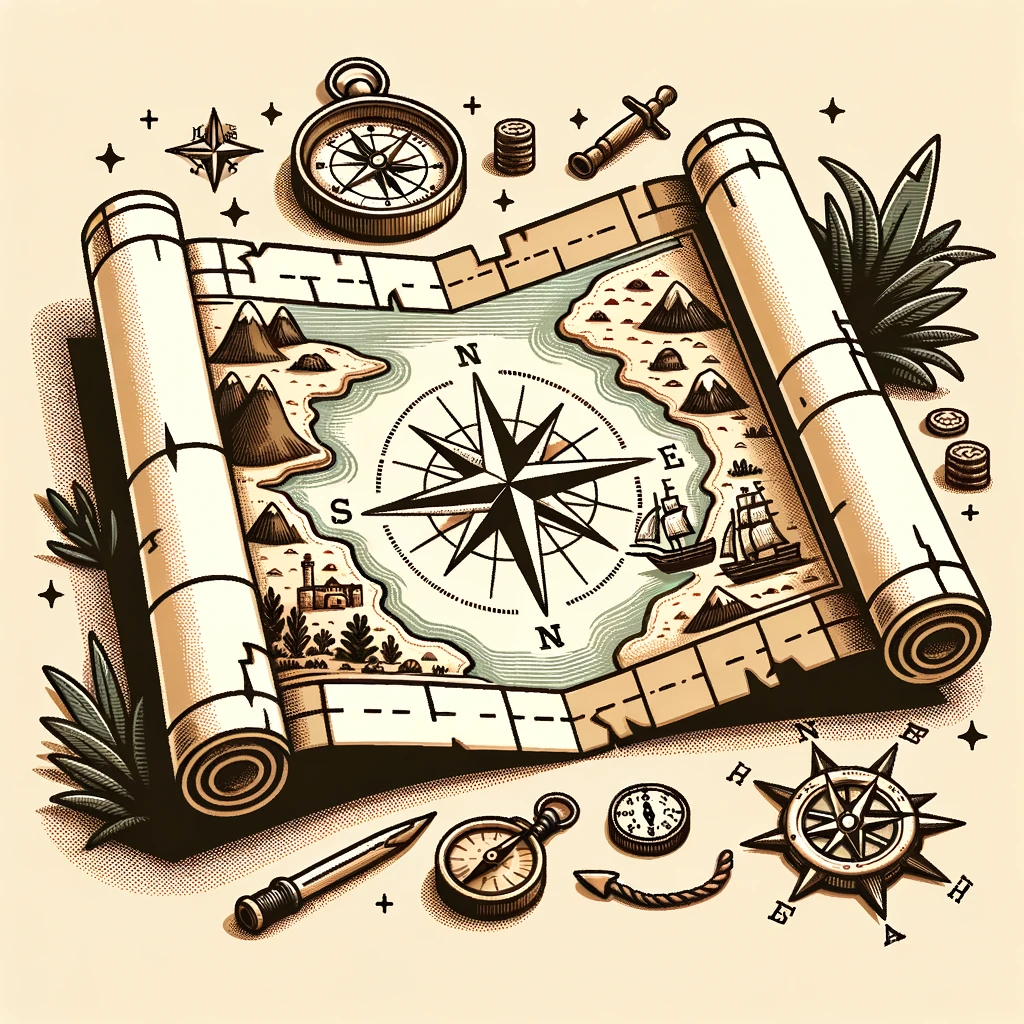Understanding the Human Brain with Neurosciences
The **human brain** is often described as the most complex structure in the known universe. It governs everything from our basic bodily functions to advanced cognitive processes and emotional responses. Delving into its intricacies provides insights into what makes us uniquely human. Neuroscience, the scientific study of the nervous system, is at the forefront of this exploration, unraveling the mysteries of the brain and its profound capabilities.
The Structure of the Brain
To comprehend the mysteries of the human brain, we start by examining its primary components. The brain is divided into several significant parts, each with distinct functions:
Cerebrum: The largest part, responsible for higher brain functions such as thought, action, and reasoning.
Cerebellum: Manages balance and coordination.
Brainstem: Controls involuntary functions essential for survival.
Hypothalamus: Regulates emotions and hormonal processes.
Functions and Processes of the Brain
The myriad functions orchestrated by the human brain can broadly be categorized into motor functions, sensory processing, and cognitive abilities.
Table: Breakdown of Brain Functions
Area of Function
Description
Motor Functions
The brain processes commands to facilitate movement and coordination.
Sensory Processing
Interprets data received through the sensory organs, helping us to perceive the world around us.
Cognitive Abilities
Encompasses memory, attention, language, problem-solving, and decision-making capabilities.
Neuroscientific Approaches to Studying the Brain
Advances in technology have made it possible to study the brain in unprecedented detail. Neuroscience employs various techniques to enhance our understanding:
Brain Imaging: Techniques such as **MRI** and **fMRI** allow scientists to visualize brain activity and structures.
Electrophysiology: This involves recording the electrical activity of neurons to investigate neural dynamics.
Behavioral Neuroscience: Studies the connection between brain function and behavior, shedding light on how the brain influences actions.
With these approaches, researchers are piecing together the complex puzzle of brain functionality. Furthermore, understanding these processes opens the door to addressing neurological disorders, providing hope for innovative treatments and therapies.
As we continue to explore the intricate workings of the human brain, it becomes crucial to acknowledge the interdisciplinary nature of neuroscience, which draws from fields such as biology, psychology, and computer science…
Delving Deeper into the Complexities of the Human Brain
As we further our journey into the profound and intricate workings of the human brain, the lines between disciplines blur, blending the realms of **neurosciences** with technology, psychology, and even philosophy. The brain, essentially the most enigmatic organ in our body, drives not only our daily actions but also our deepest thoughts and feelings. Let’s unpick some of the key developments in modern neuroscience and how they are reshaping our understanding of what makes us uniquely human.
Neuroscience’s Expanding Influence
Neuroscience has burgeoned into a substantial field with multiple branches. From behavioral and cognitive neuroscience to molecular and cellular neuroscience, the field is **expanding its horizons**, exploring novel aspects of brain functionality.
Behavioral Neuroscience
Cognitive Neuroscience
Molecular Neuroscience
Cellular Neuroscience
Cutting-Edge Technologies and the Brain
**Innovative technologies** have spurred a new era of neuroscience research. Brain-imaging techniques, such as fMRI and PET scans, allow us to observe real-time brain activity, providing insights into neurological diseases and mental health disorders.
Technology
Application
Advancements
fMRI
Functional Mapping
Enhanced Resolution
PET
Metabolic Processes
Dynamic Imaging Capabilities
Unveiling the Layers of Consciousness
The intersection of neuroscience and philosophy brings us to **consciousness**, one of the greatest mysteries of the human mind. Scientists aim to uncover how brain processes translate into conscious experiences. Theories abound, yet definitive explanations remain elusive.
Integrated Information Theory
Global Workspace Theory
Quantum Consciousness Theory
The Road Ahead
Looking ahead, neuroscience will likely intersect more deeply with **artificial intelligence** and data analytics. With continued research, decoding brain functionalities may transform everything from **medical treatments** to **artificial cognitive systems**.
Data-Driven Brain Mapping
Personalized Neurological Therapies
Symbiotic AI-Brain Interfaces
Having traversed the landscape of **neural pathways**, explored the intricate world of **synapses**, and delved into how **behavior emerges** from the biological structures, the study of human cognition through the modalities of neurosciences invites us to further chart out unknown territories. This third and final part of our examination consolidates our understanding and points towards actionable insights based on emerging trends and findings within the field.
Neuroscience in Applied Settings
As neurosciences advance, their integration with technology opens up new avenues for practical applications. This section underlines the practical implications of **neuroscience in health, education, and technology**, and explores the intersection of **neuroscience and artificial intelligence (AI)**.
1. Health and Medicine
Neuroplasticity in Rehabilitation: Emerging therapies utilize the brain’s ability to reorganize itself after injury, offering novel recovery pathways for stroke victims and individuals who have experienced traumatic brain injuries.
Mental Health Interventions: Understanding neurotransmitter dynamics can lead to personalized mental health treatments. Early interventions based on neural feedback mechanisms are being studied extensively for disorders such as depression and anxiety.
2. Education and Learning
The implications of neuroscience extend deeply into the domain of education. Knowledge about brain development can inform teaching strategies, improving educational outcomes.
Aspect
Neuroscientific Insight
Educational Application
Memory Formation
Engaging multiple senses enhances retention.
Implementing multi-sensory approaches in classrooms.
Attention Span
Frequent breaks help to rejuvenate focus.
Structuring lessons with intervals for reflection and rest.
3. Technology and AI
Human-Computer Interfaces: The development of technologies like Brain-Computer Interfaces (BCI) is predicated on a deep understanding of neural activity. These interfaces promise enhancements in communication, especially for individuals with disabilities.
Predictive Modeling: Utilizing comprehensive neural datasets to predict behavior and cognitive diseases through machine learning algorithms.
AI Neuromorphic Computing: Mimicking the brain’s architecture to enhance computational efficiency and problem-solving capabilities.
The Ethical Landscape
With great advancements come great responsibility. As we push the boundaries of what is possible, ethical concerns must be addressed with the same vigor as scientific exploration. The synthesis of **cutting-edge neuroscientific research** and **ethical oversight** is paramount.
Considerations include:
**Privacy Concerns**: The data-driven aspect of modern neuroscience raises questions about the privacy of mental states and neurological data.
**Informed Consent**: Ensuring individuals understand the scope of research and its potential implications when participating in studies.
**Implications of Enhancement**: How far should we go with enhancing cognitive functions, and what societal changes might this engender?
Conclusion
The exploration of the human brain through neuroscience reveals an intricate tapestry of potential and complexity. With the integration of cutting-edge technology, actionable insights from neuroscientific discoveries can fundamentally alter our interaction with machines, our approach to education, and the landscape of medical treatments. However, it is the balance between innovation and ethical stewardship that will usher in a responsible and beneficial future shaped by our understanding of the brain.
Summary & Action Items
**Neuroscience’s Role in Health**: Harness neuroplasticity for enhancing rehabilitation practices.
**Educational Strategies**: Implement multi-sensory learning techniques to improve educational outcomes.
**Technology Integration**: Develop BCIs to further assist individuals with disabilities and explore AI applications for everyday efficiency.
**Ethics in Neuroscience**: Ensure ethical guidelines evolve in tandem with technological advancements to safeguard individual privacy and autonomy.
Moving forward, continued investment in neuroscience research, alongside public discourse on ethical practices, will be crucial in navigating the promising yet challenging dimensions that this field continues to unfold.




